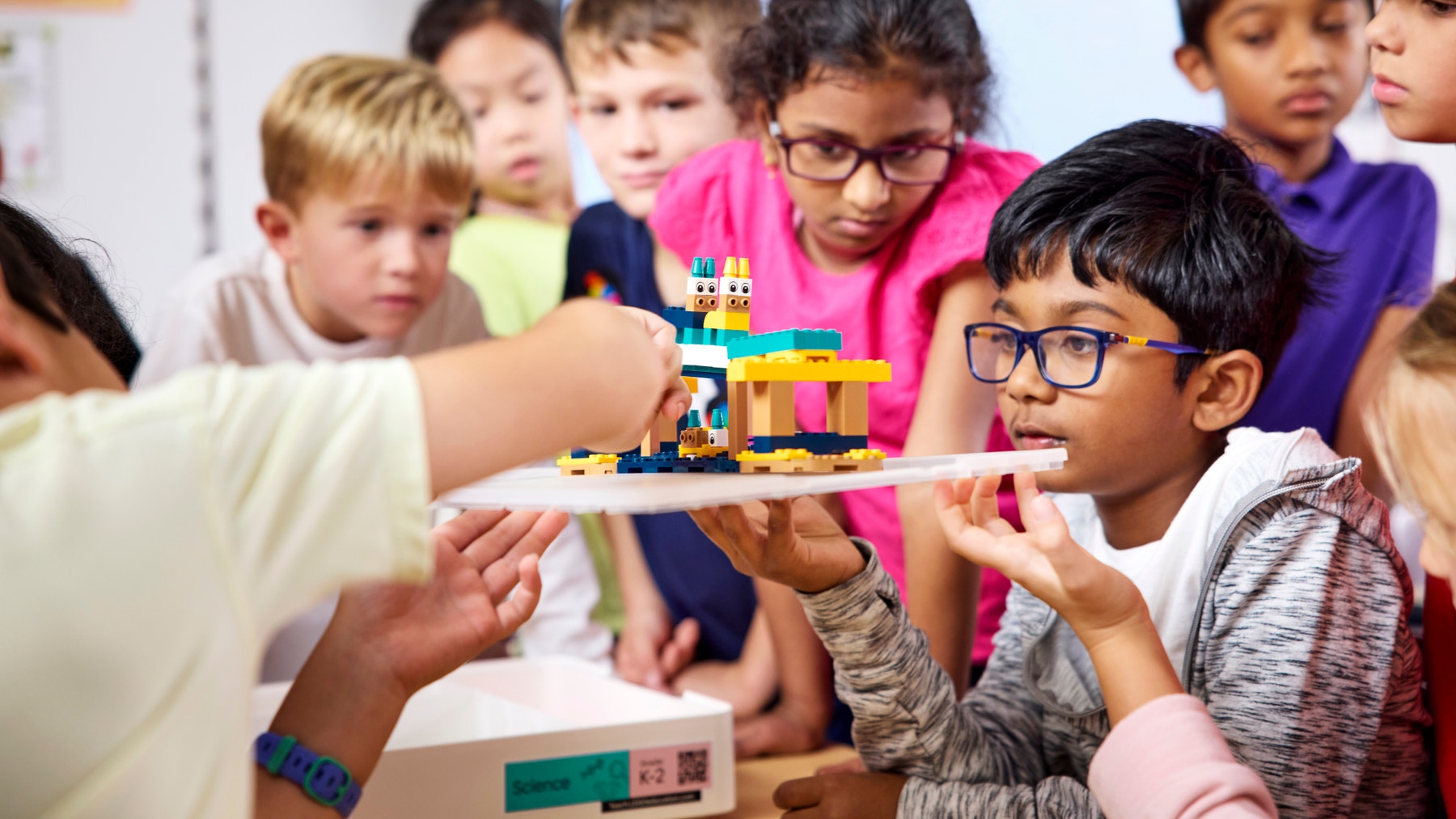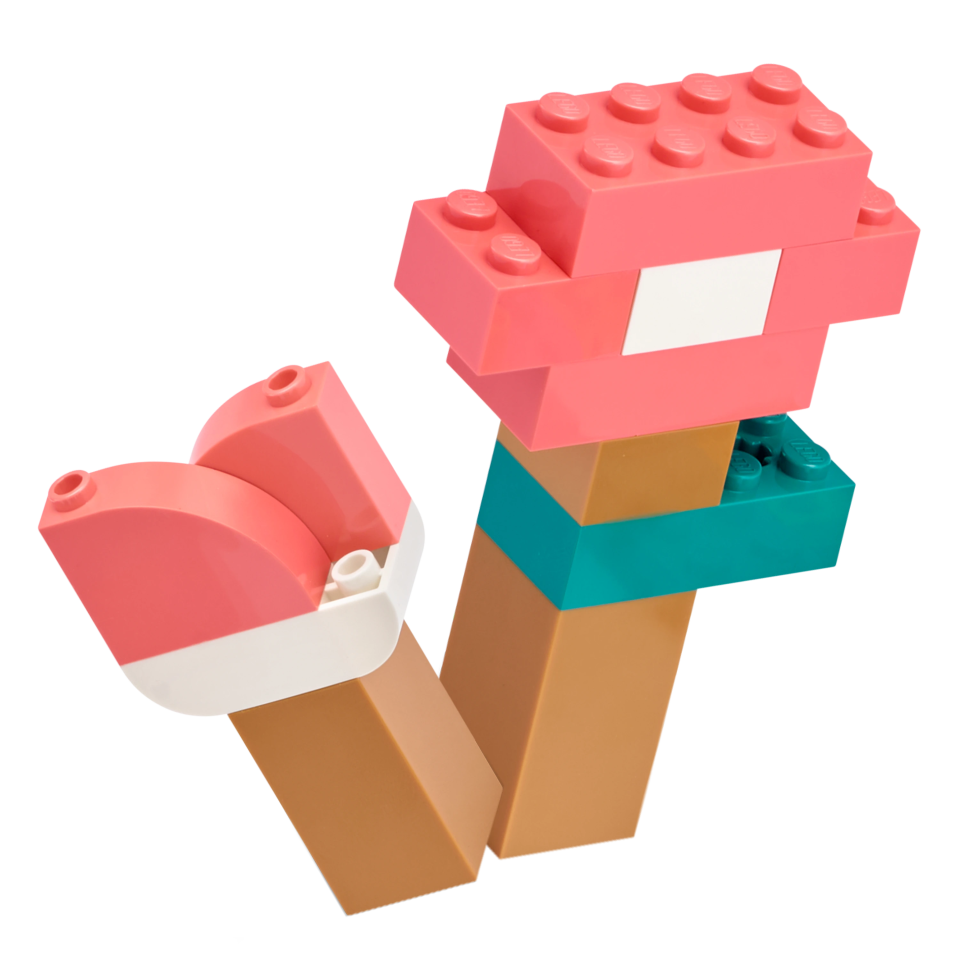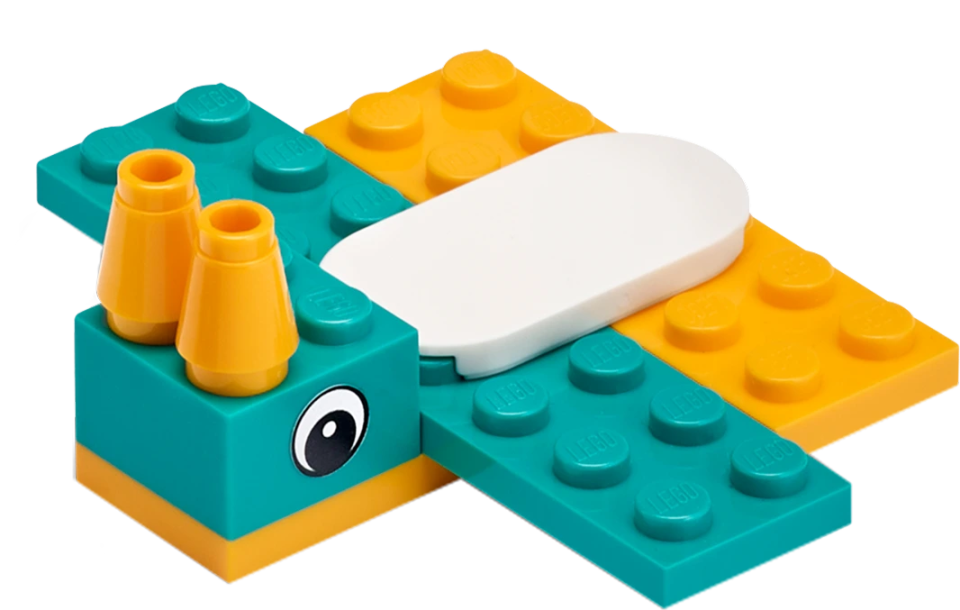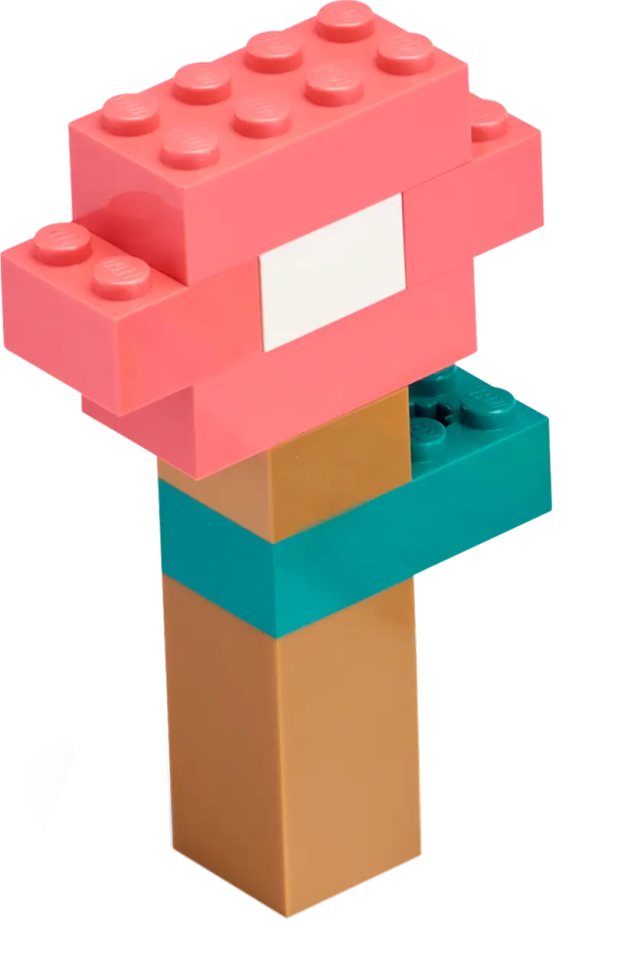What Will You Make Space For? Back-to-School Ideas for Teachers
With the new school year just around the corner, now is the time to consider what you need to make space for to help make this year a success.
Educational theorist Seymour Papert states, “The role of the teacher is to create the conditions for invention rather than provide ready-made knowledge.” But creating the conditions for learning isn’t just about setting up desks or displays; it’s about making space for trust, challenge, and growth.
Prioritizing collaboration and communication undoubtedly creates space for more student-led learning and stronger engagement. However, better engagement doesn’t just benefit students. It creates an ‘ecosystem of engagement’ that supports teacher well-being and strengthens relationships with families and communities in a cycle of positive outcomes.
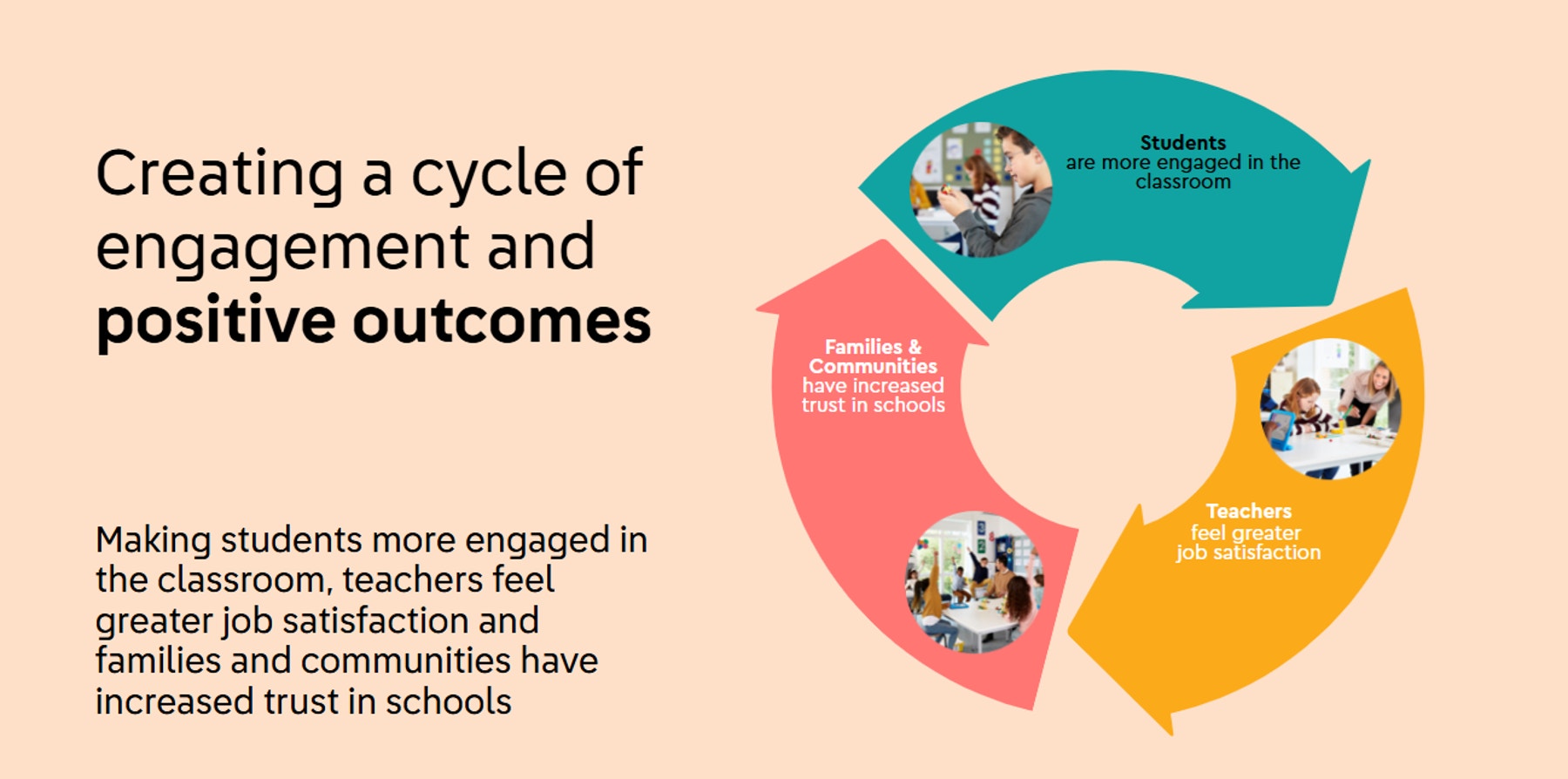
Yet, even with strong engagement strategies in place, the new school year often brings familiar challenges, including absenteeism, achievement gaps, the pressure to develop “durable skills,” and teacher burnout1. Setting clear routines and norms can help, but only if they are part of a consistent, evolving framework, not a “set and forget” checklist.
So, what does it look like to make space for the things that matter most? In this article, we’ll explore three areas you can make space for to build a stronger, more collaborative, and connected classroom in 2025-2026.
Make Space for Collaboration & Community in the Classroom
Have you ever excitedly planned group work only to be disappointed with the results? If yes, you’re not alone. While collaboration is an inherent human trait, in a classroom setting, students need to be taught how to do it effectively for the lesson to go as planned.
Educators need to explicitly teach students how to join and actively participate in conversations, navigate relationships in the classroom, and contribute to the collective success of a project.
Consider implementing the following strategies to make your classroom collaboration more successful:
- Intentionally create opportunities for students to collaborate within lessons.
- Provide explicit instruction on how to communicate effectively.
- Practice regularly and move students around so they can experience working in different groups or with different partners.
- Empower students to take ownership of their group work.
With this in mind, let’s look at some more ways you can prioritize collaboration and community in the classroom.
Co-Create Norms and Routines with Students
Co-create a positive classroom environment with your students so they feel invested in the outcome of their learning, not because they have to, but because they value the community that they played a part in creating. Do this by setting up the classroom in a way that aids collaboration. Incorporating effective strategies for establishing community agreements and classroom norms can enhance this process. Regularly reviewing these norms and routines with students fosters accountability and normalizes active communication, reinforcing a sense of belonging and encouraging students to take ownership of their learning experience.
Create a “Wall of Expertise”, What’s Your Superpower?
Ask your students to write a list of their strengths and post them on the wall. That way, when other learners get stuck, they can find a classmate to collaborate with and solve the problem. Repeat the activity but ask students to highlight their classmates’ “superpowers” rather than their own. This will build a sense of community and support in the classroom, encouraging students to seek solutions independently rather than defaulting to the teacher.
Practice Teamwork with “The Carousel”
Encourage collaboration through shared group work. In a “carousel” activity, also known as a “gallery walk,” the class is split into groups, each starting at a different station with a specific task or prompt, but all contributing towards a larger project. Students then rotate around the room to build on each other’s ideas, which promotes active learning, discussion, and collaboration.

Make Space for Yourself
It’s easy to get caught up in the daily logistics of teaching, but it’s essential that educators make space for themselves, especially in a profession where burnout is all too common. This includes self-care, but it also goes much further than that. It means giving yourself time to grow and improve, to rediscover the joy in your work, and to create breathing room so you can make space for others.
One powerful way to reconnect with that joy is by surrounding yourself with the right people. Jennifer Gonzalez calls this The Marigold Effect. Surround yourself with ‘positive, supportive, energetic’2 people who inspire you and encourage you to persevere through the ups and downs of teaching, so you thrive and develop in the profession.
Let’s look at some other ways educators can prioritize making space for themselves in the school year.
Focus on Reflection
Reflection is essential for any teacher, especially at the start of the school year. But with a few adjustments, the efficacy of the exercise can often be improved, even for those familiar with the practice. To be truly useful, reflection needs to be intentional and consistent, tracked, and learned from, not just between years, but also throughout the year.
Here are two recommendations for you to try:
- Pick a tried and tested successful technique, tool, or methodology, and journal about what made it effective. Just as journaling is a powerful tool for students, helping them cement their learning, it is just as effective for teachers.
- Work with another teacher and practice peer reflection. It’s not uncommon for teachers to focus most of their time and attention on their students, admin, and responsibilities, but discussing strategy and outcomes with other teachers goes a long way to helping teachers feel less alone and developing their practice.
Invest in Innovation
Make space for experimentation in the classroom. Break away from the well-worn teaching path and invest time in a new tool or solution. Or consider existing curricula in a new context, one that connects with students’ lives, creates real-world relevance, and reinforces a spirit of collaboration and community. Innovation in the classroom is a great way for educators to connect with students, develop their own skillset, and, in some cases, become a co-learner with students.
Disengage – Give Yourself Grace & Space
Teaching is an incredibly rewarding profession, but, as all educators know, it can also be challenging at times. Sometimes, the best way to navigate trickier times is to take a step back and give yourself time to rest and recharge. This might feel counterintuitive but switching off on a Friday and not reengaging until at least Sunday evening is one of the best ways to ensure you’re fully present when the bell rings on Monday morning.

Make Space for Stronger Family Engagement
Parents and caregivers play an essential role in their children’s education and the success of the MTSS (multi-tiered structure of support) depends on their involvement. When families are involved in their child’s education, development improves.
Fostering a strong home-school relationship is key not only for children but for parents, too. Open communication builds a sense of community and helps parents feel connected to their child’s learning, allowing them to reinforce essential lessons and foster a love of learning. It also helps both teachers and parents understand the student more, so they can aid success with interventions and strategies3.
Additionally, when students face barriers to education—socioeconomic, cultural, linguistic, or systemic—meaningful home engagement puts schools in a much stronger position to provide targeted support4.
Let Students Lead Parent Conferences
Build home-school trust and promote student-led classrooms by including learners in open house evenings or parent-teacher conferences. Instead of the typical format where the teacher does all the talking, students can take on a leadership role, present their work, demonstrate their enthusiasm for the subject, and celebrate their learning.
Nurture Bilateral Family Communication
Create a culture where communication between schools and families flows both ways. Let parents respond to school initiatives, such as monthly newsletters or bulletins, and also provide opportunities for them to ask questions and initiate conversations.
Here are two suggestions for getting started:
- Set “Office Hours”. Dedicated and specific hours where parents can speak to teachers either in-person, on the phone, via email, or chat.
- Petition administrators to invest in async tech solutions such as Seesaw, an interactive learning platform, that supports family engagement and aids bi-lateral communications.
Lastly, allocate the same amount of time to student successes as you would to communicating issues. Let families know when their child has done well in class and be open to feedback about the positive as well as the constructive.
Real-World Show and Tell
Connect students’ and their families’ lives to lesson content and inspire engagement through real-world experiences. Use lesson tasks to solve community challenges, host multicultural nights, or set projects about identity and culture. Or tie career discussions to industries families are involved in and invite them to talk about their roles and share their knowledge. Show students and their families that their backgrounds and cultures are not only welcome but essential in the classroom.

Back-to-School Teacher Checklist for 2025
To help you get started when the back-to-school bell rings, here’s a checklist of ways you can make space for what matters most this school year. Don’t feel like you need to tackle everything at once, pick a few suggestions and start there. Small steps at the start of the year can have the biggest impact by the time summer rolls around next year.
- Plan to teach your students how to communicate effectively and consider how to scaffold and grow these skills throughout the year.
- Co-create and set clear norms and routines with your students and revisit them regularly.
- Encourage your students to celebrate their skills and successes with a “Wall of Expertise.”
- Embrace innovation in the classroom. Choose one new tool or approach to test and try at a time, then reflect on it before moving on to something else.
- Put effort into finding the “marigolds” in your school and nurture your relationship with them.
- Pick one thing you can do to improve bilateral family communication and try it.
- Set a project that helps students explore real-world experiences that matter to them.
eSchool News. (2025, January 3). 20 predictions about student learning in 2025.
https://www.eschoolnews.com/innovative-teaching/2025/01/03/20-predictions-about-student-learning-in-2025/Gonzalez, J. (2013, April 24). Find your marigold: The one essential rule for new teachers.
https://www.cultofpedagogy.com/marigolds/Lynch, M. (2023, October 25). How teacher-parent communication can help support students. Edutopia.
https://www.edutopia.org/article/teacher-parent-communication-can-help-support-students/eSchool News. (2025, January 3). 20 predictions about student learning in 2025.
https://www.eschoolnews.com/innovative-teaching/2025/01/03/20-predictions-about-student-learning-in-2025/
